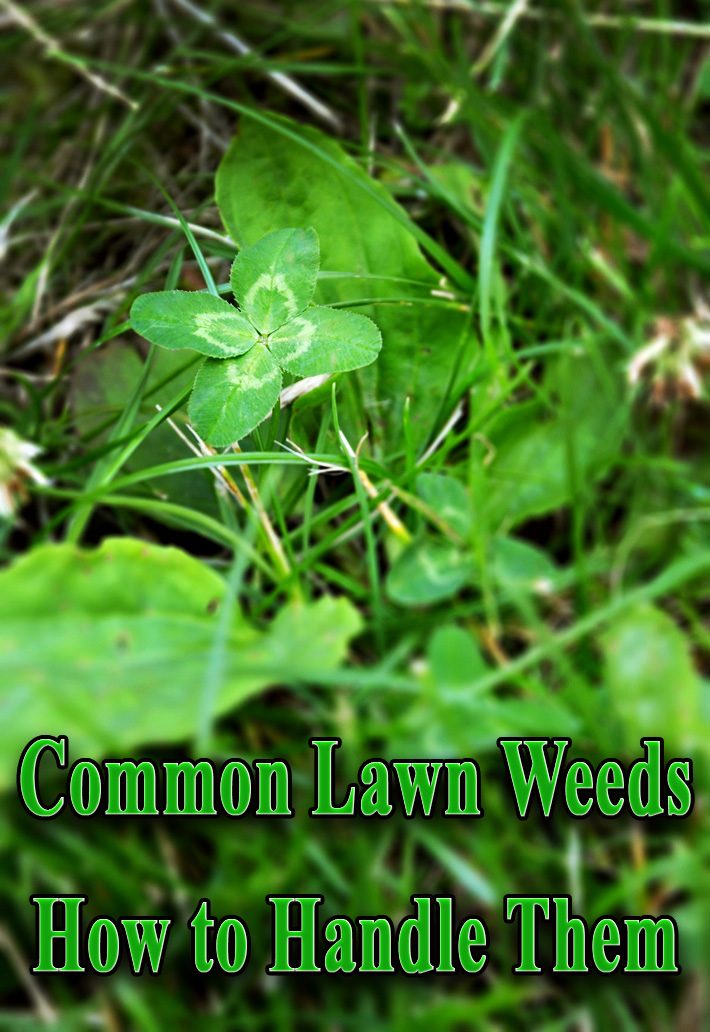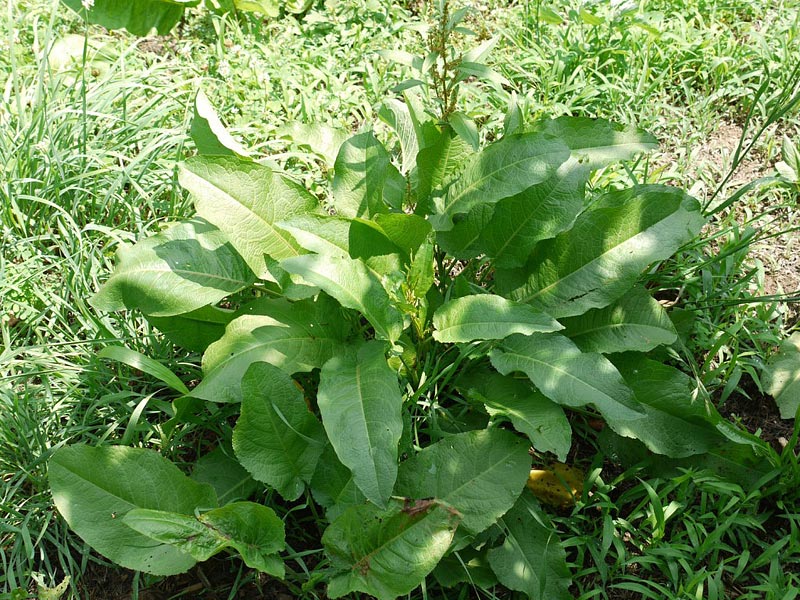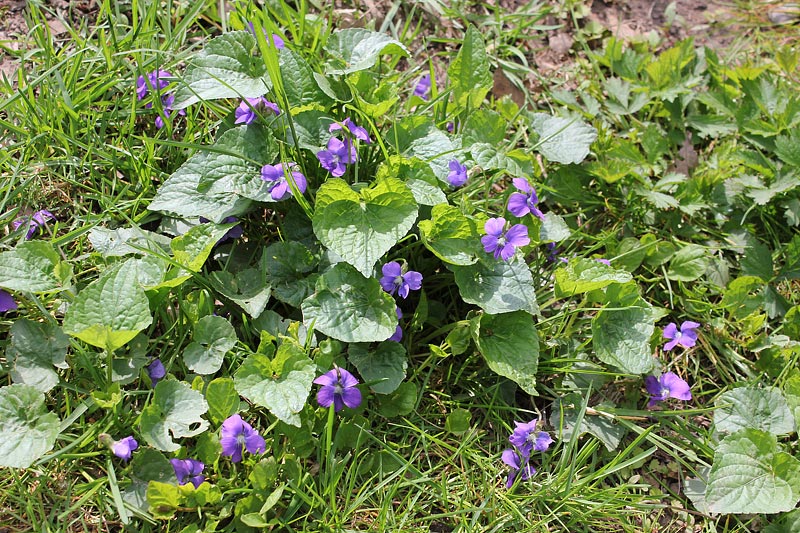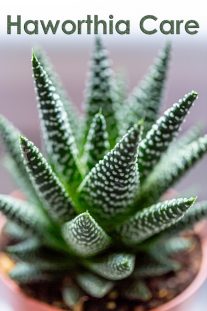
There are many common lawn weeds that you may know by their appearance yet not by name. But in such cases, do you truly “know” them? Perhaps not well enough to get rid of them (if that is your objective), I would argue. For there is often a certain trick to killing a particular unwanted plant, a trick that somebody has written about on the web. But if you don’t know the plant’s name, how can you search for it on the web and gain access to said information? It’s a familiar catch-22: it takes knowledge to acquire knowledge.
If that’s the catch-22 that you face, you’ve arrived at a resource that may help you out of your predicament. I provide pictures below of several common lawn weeds to help you with identification, while also offering some preliminary control tips here and there.
1. Dandelions

Most of the common lawn weeds that I cover here boast a silver lining, of which you can take advantage if you’re willing to hear them out. In the case of dandelions, it’s the fact that they are edible weeds.
What’s that you say? Enough of this nonsense of finding the good in dandelions? You want to get right to the information on how to get rid of this lawn nemesis? No problem.
What makes dandelion removal from lawns so difficult? Well, dandelions enjoy the best of both worlds. Above-ground, their seeds ride the wind currents, poised to drop into the slightest opening in your lawn to propagate the species. Meanwhile, below-ground, they strike down a taproot up to 10″ long. Pulling the taproot as a means of removal is problematic. Thick but brittle, the taproot easily fractures — and any fraction of the taproot that remains in the ground will regenerate.
If you’re hard-headed enough to want to try to pull these weeds, despite the difficulty just mentioned, here’s how to proceed:
- To facilitate weeding, water the lawn first (weeds are more easily extricated from wet soil).
- Make an incision into the soil, down along the side of the taproot, using a knife, screwdriver or similar tool (tools designed specifically for dandelion removal can be found in home improvement stores).
- Wiggle the tool to loosen the taproot
- Using the ground as a fulcrum, try to pry up the weed. Get a good grip on the leaves (as many of them as you can close your hand over) and use them as your “handle” on which to tug.
- Give the weed a gentle tug to see if the taproot is yielding.
- If the taproot is yielding, remove the dandelion weed from the soil. Otherwise, make further incisions around the taproot, wiggle and continue to tug gently at the leaves.
I’m not a proponent of using herbicides when an alternative exists that works just as well. But killing dandelions is a case where one might consider using herbicides, despite one’s usual disinclination to do so. As mentioned earlier, all it takes is leaving a fraction of the root behind, and your efforts at pulling dandelions will have gone for naught!
Observation: eating them is a lot easier than killing them, plus it’s more fun.
2. Creeping Charlie

Although it’s just a common lawn weed, I count creeping charlie among the fragrant plants. When you mow a lawn that has creeping charlie mixed in with the grass, the fragrance is released into the air. Perhaps it’s a small thing, but inhaling the pleasant aroma takes my mind off the work involved in mowing.
Not interested? All right, don’t get your nose out of joint! In addition to citing creeping charlie’s uses (for example, did you know that it was once employed in the beer-making process?) in this article, I also broach the subject of getting rid of it: I tell you how to apply Borax to this common lawn weed to kill it. I should note, however, that many regard this approach as risky and avoid it in favor of other options.
3. Common Plantain

Common plantain (Plantago major) and I go way back. I had a bunny named “Buttons” as a kid, and my dad built a movable outdoor cage for my pet. The cage rested directly on the ground (no legs), so Buttons would eat the vegetation under him and — when I thought he had “mowed down” enough grass and weeds in one spot — I would slide the cage over to a fresh area, where the munching could continue. His favorite dish on the menu was common plantain.
But common plantain isn’t just edible for rabbits: people can eat it, too. By the way, be aware of the alternate common plant name of “broadleaf” plantain as a reminder that there are different kinds of plantain weeds. Plantago major happens to have a wide leaf. But another type has more grass-like foliage and is called “buckhorn” plantain or “ribgrass”:Plantago lanceolata.
You can dig up plantains to get rid of them organically. However, they have a taproot, and any portion of the root system left in the ground will regenerate, so be prepared to dig deep and thoroughly.
4. Common Ragweed

Ragweed is what I like to call one of the “itchy rash plants.” There are actually two types of ragweed: the common type(Ambrosia artemisiifolia) and giant ragweed. But the former type is more, well, common in lawns.
Unlike some of the other common lawn weeds in this list, Ambrosia artemisiifoliadoes not have a taproot, so weeding is easy: just pull it up. A characteristic in which it differs from most of the other plants in the list is that it’s indigenous to North America.
5. Purslane

Do you think it odd to eat plants that some have deemed to be weeds? You shouldn’t. As a preface to her strained yogurt and garlic recipe, Elizabeth Taviloglu, About.com Guide for Turkish Food, says of purslane that it “has been present in many ancient cuisines all over the world for thousands of years.” Purslane is my personal favorite among the edible weeds listed here. I like juicy foods, and this plant, being a succulent, furnishes plenty of juice in every bite.
What, gourmet food be damned, you say? You just want to know how to get rid of purslane? OK, the main fact that you need to keep in mind is that this common lawn weed is a prolific seed-producer. A chemical control regimen will address the issue at both ends: with a preemergent herbicide (e.g., dithiopyr) and a postemergent herbicide (e.g., 2,4-D). Persistence is required.
Likewise, if you choose to engage the enemy organically (by digging it up), you will have to be persistent. Leaving the tiniest pieces of vegetation in the soil can result in the arrival of new reinforcements, as purslane plants possess regenerative powers.
But remember: if you can’t beat eat them, just eat them.
6. Yellow Dock

Yellow or “curly” dock is one of the easier plants listed here to identify. Dock is a tall plant, so you may not associate it with lawns. But if you’ve been busy with more pressing affairs and haven’t been able to mow recently, when you finally get around to the task you may find that some yellow dock seed has germinated.
This is another plant with a big taproot. While digging it out is possible, you’ll have to be thorough. Follow up removal by checking to see if new growth has emerged from any root fragments left behind. If you don’t care about staying organic and you’re dealing only with an isolated yellow dock plant here or there, the leaves are big enough that you could carefully daub a bit of Roundup (glyphosate) onto the foliage to kill the plant.
And how is this wild plant potentially beneficial? Yellow dock is known for its medicinal qualities. As I explain in my article, there’s a simple medicinal use for yellow dock of which you can take advantage without holding a degree in herbalism. It involves another wild plant that you may have in your landscaping: stinging nettle.
7. Clover

Like how to get rid of moss in a lawn, how to get rid of clover is a question that I frequently receive. While the former concern is justified, you might wish to re-think worrying about the latter.
But if you feel you absolutely must kill the clover mixed in with your grass, there are both chemical and organic means to do so. For the former, seek a broadleaf herbicide intended for use on the type of grass that you’re growing (study the label on the bottle carefully).
A number of organic methods are at your disposal. One is simply to pull up the clover, add nitrogen (using compost, etc.) to that patch of ground (since the very presence of clover, a nitrogen-fixer, signals a nitrogen deficiency in the soil) and reseed with grass. To prevent a reoccurrence of the problem, follow my tips for growing green lawns to keep your grass so lush, thick and healthy that there will be no room for weeds to grow. This is good preventive advice to follow for keeping any unwanted plant out of your grass.
Note: I have also heard of sugar being used as an organic means to kill clover growing in grass but haven’t tried it.
A common lawn weeds that resembles a type of clover but isn’t one is Oxalis stricta, better-known as “sourgrass” or — as Kelly Burke, About.com Guide to Lawns calls it — “yellow wood sorrel.” True clovers are leguminous. Besides red clover (Trifolium pratense), white clover (Trifolium repens) is a common lawn weed. Another legume that may compete with your grass is bird’s-foot trefoil.
8. Wild Violets

Wild violets are probably the best of the bunch in terms of appearance amongst the common lawn weeds featured here. In fact, some homeowners find the flowers sufficiently pretty that they decide to just leave the plants alone. Indeed, this relative of the johnny-jump-up isn’t far inferior to Johnny in the looks department — and it’s free.
9. Crabgrass

They say that every cloud has a silver lining, and I take pleasure in observing the slightest glint of benefit I can find in each of the common lawn weeds listed above. But it’s difficult to come up with a “good point” for crabgrass. I suppose one could say that, in dire circumstances, you could mow it short and treat it as if it were a legitimate warm-season grass, hoping that no one would notice — but that would be a stretch even for someone with my sense of humor regarding bad landscaping.
The focus here is on pre-emergent herbicides.
To get rid of crabgrass, it helps to know its life cycle. When spring soil temperatures (at a depth of 2-3 inches) reach 55-60 degrees Fahrenheit, the first crabgrass seed will germinate (unless you stop them at this time by applying a preemergent herbicide!). From mid-summer to fall, seeds are produced. The plants, themselves (but not the seeds) are killed by frosts in autumn.
Preemergent herbicides (you will also hear the term, “crabgrass preventer”) come in either granular or liquid form and kill crabgrass seedlings as they germinate. Think of preemergent herbicides as forming an invisible shield across the soil surface that stops emerging crabgrass dead in its tracks.
Using Preemergent Herbicides for Killing Crabgrass: DOs and DON’Ts
- Do:
- Irrigate afterwards: water activates preemergent herbicides. For the same reason, a good time to undertake this project is when steady rain is forecasted for the next day.
- Re-apply preemergent herbicides, if you question your product’s coverage. Because crabgrass seedlings do not all germinate at once, re-application can kill some of the later-germinating seedlings.
- Follow label directions and apply the proper rate. Measure the lawn area and calibrate your spreader carefully.
- Don’t:
- Dethatch or aerate the lawn after applying preemergent herbicides.
- Apply preemergent herbicides on new sod.
A great organic “weed and feed” product is corn gluten. An organic preemergent herbicide, corn gluten will suppress crabgrass germination, while fertilizing your lawn.
Don’t forget good old weeding as a method of crabgrass control. Hand-pulling small patches of crabgrass before it goes to seed makes eminent sense. An ounce of prevention is worth a pound of cure, and this method of prevention has the added benefit of being organic. To facilitate weeding, water the lawn first (weeds are more easily extricated from wet soil).
If you do choose to apply an herbicidal product to your lawn, never forget that you will be handling a chemical that is potentially harmful to your health. To help protect yourself, wear a long-sleeved shirt, long pants, gloves, and safety glasses.





Leave a Reply